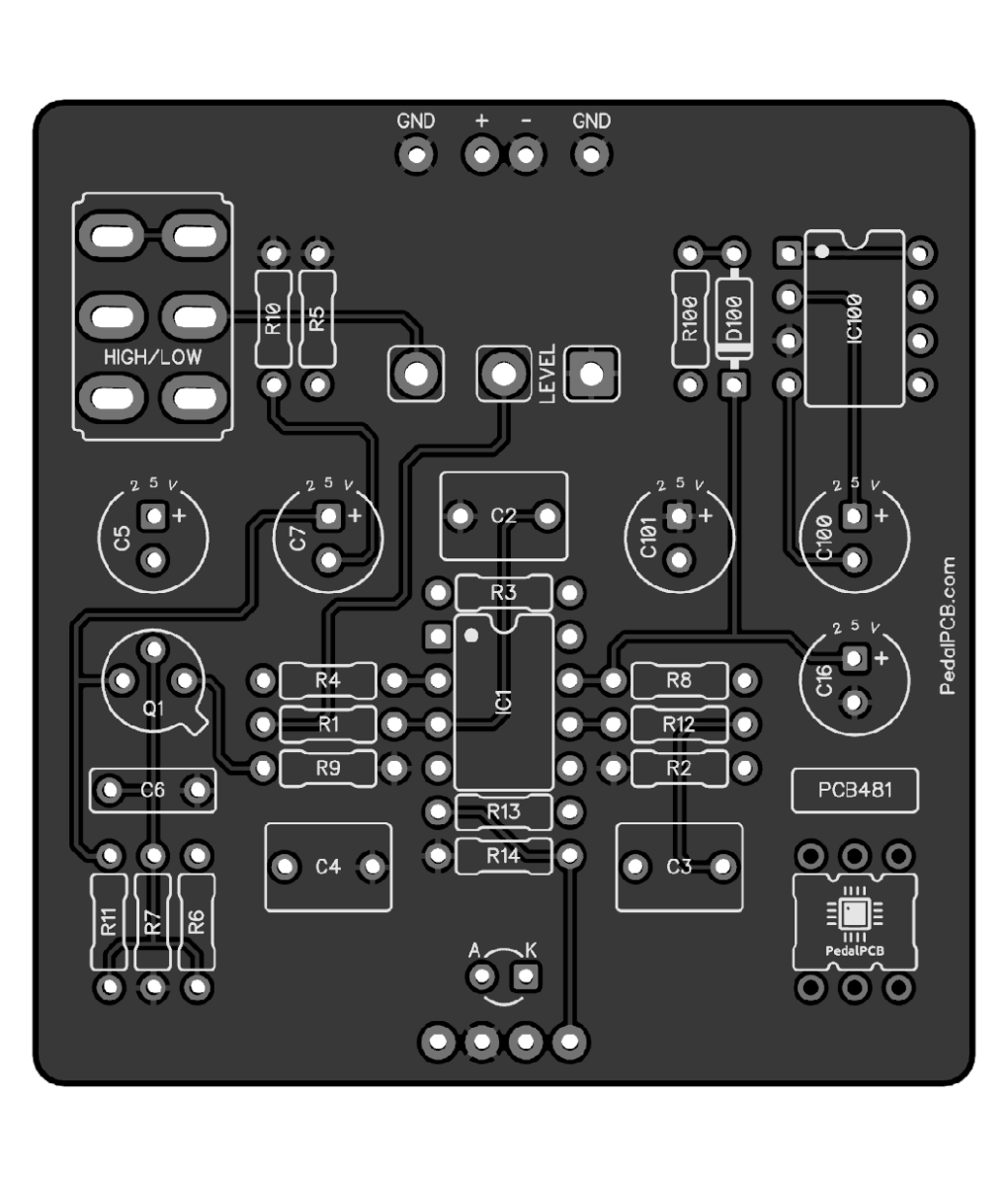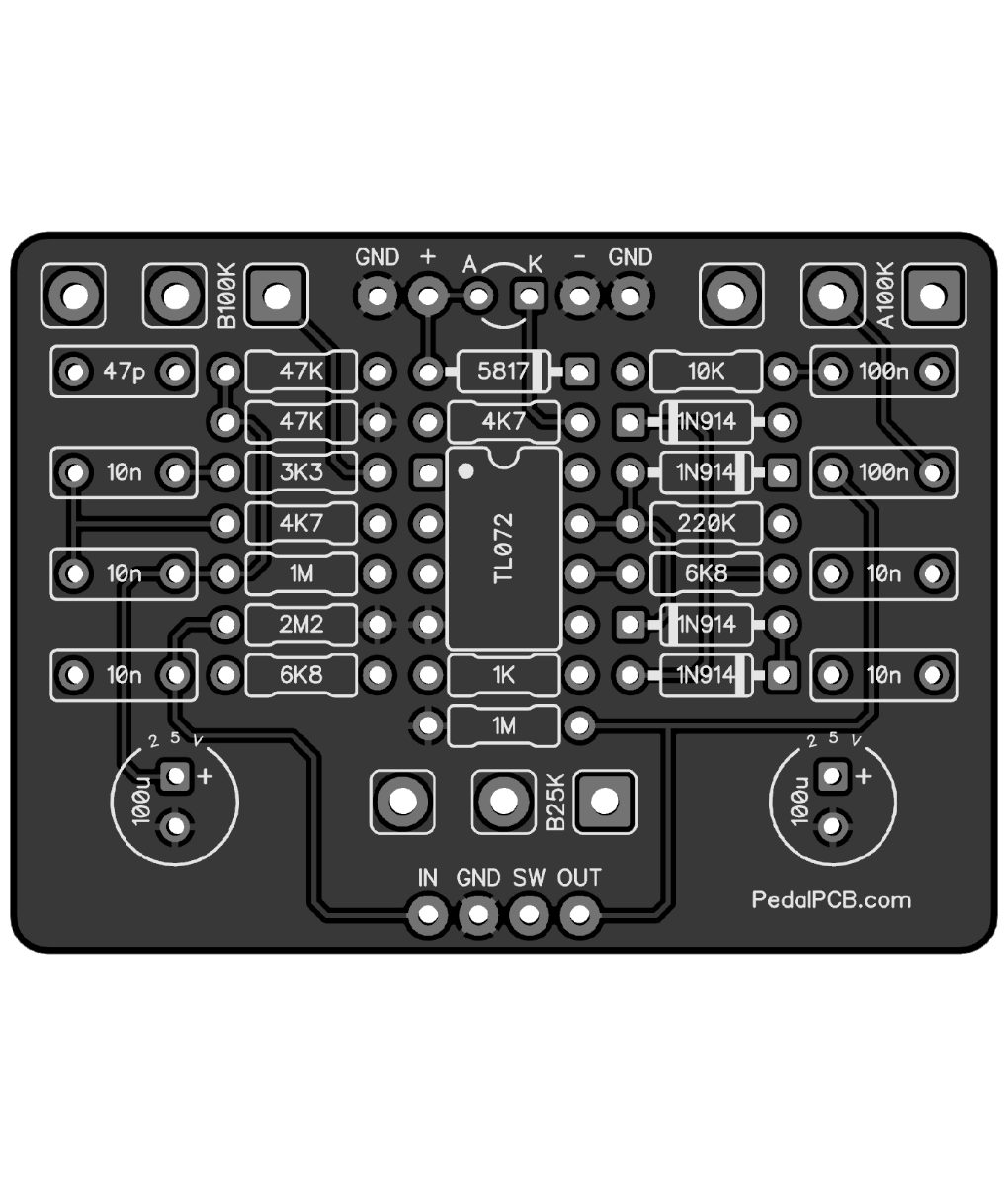retrogleam
New member
Totally new to DIY pedals so forgive my ignorance if this has been discussed already. I’d like to combine the Celcius Preamp and the Blue Breaker into one 125B enclosure.
I’m thinking I can just have the Celsius > Blue Breaker and just use a toggle switch to turn on/off the overdrive, instead of 2 stomp switches. Is this possible? The main thing is I only have room for one more pedal so I need it to be in the 125B enclosure.
If anyone can help point me in the right direction to achieve this that would be awesome! Thanks
I’m thinking I can just have the Celsius > Blue Breaker and just use a toggle switch to turn on/off the overdrive, instead of 2 stomp switches. Is this possible? The main thing is I only have room for one more pedal so I need it to be in the 125B enclosure.
If anyone can help point me in the right direction to achieve this that would be awesome! Thanks


